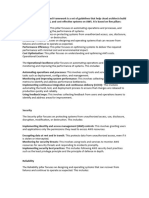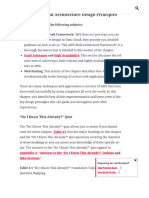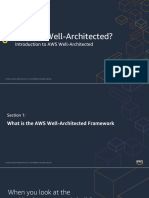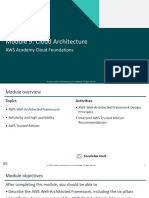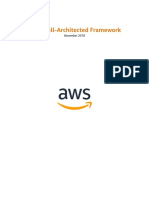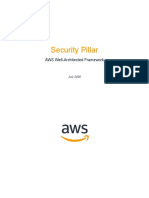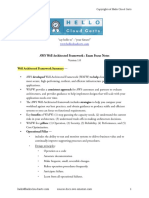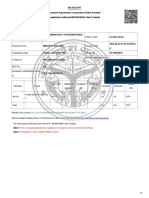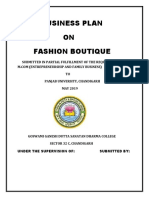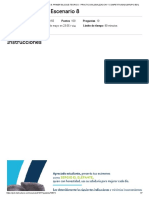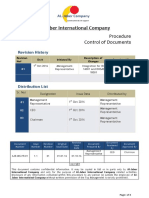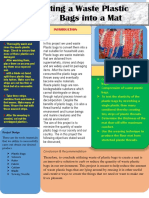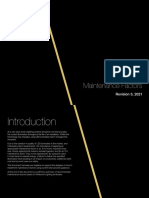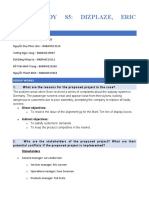0% found this document useful (0 votes)
15 views7 pagesWell-Archtecture Framework Review
process and benefits fo well architecutre framework review
Uploaded by
Whois AbiCopyright
© © All Rights Reserved
We take content rights seriously. If you suspect this is your content, claim it here.
Available Formats
Download as RTF, PDF, TXT or read online on Scribd
0% found this document useful (0 votes)
15 views7 pagesWell-Archtecture Framework Review
process and benefits fo well architecutre framework review
Uploaded by
Whois AbiCopyright
© © All Rights Reserved
We take content rights seriously. If you suspect this is your content, claim it here.
Available Formats
Download as RTF, PDF, TXT or read online on Scribd
/ 7






